11 Dec 2023
The marshlands have shrunk from 20,000 square kilometres in the early 1990s to 4,000 by latest estimates.

Mohammed Hamid Nour is only 23 but is already nostalgic for how Iraq’s Mesopotamian marshes once were before drought dried them up, decimating his herd of water buffaloes.
Even at their centre in Chibayish, only a few expanses of the ancient waterways – home to a Marsh Arab culture that goes back millennia – survive, linked by channels that snake through the reeds.
Pull back further and the water gives way to bare, cracked earth.
Mohammed has lost three-quarters of his herd to the drought that is now ravaging the marshes for a fourth consecutive year. The United Nations said it is the worst in 40 years, describing the situation as “alarming”, with “70 percent of the marshes devoid of water”.
“I beg you, Allah, have mercy!” Mohammed implored, keffiyeh on his head as he contemplated the disaster under the unforgiving blue of a cloudless sky.
As the marshes dry out, the water gets salty until it starts killing the buffaloes. Many of Mohammed’s herd died like this, others he was forced to sell before they too perished.
“If the drought continues and the government doesn’t help us, the others will also die,” said the young herder, who has no other income.
In the 1990s, Iraq’s former strongman President Saddam Hussein drained the marshes – which were 20,000sq km (7,700sq miles) – to punish the Marsh Arabs, diverting the flows of the Tigris and Euphrates rivers away from the land.
It was only after the invasion of Iraq in 2003 that people began to dismantle the Saddam-era infrastructure, allowing the marshes to refill slightly, but they are still only 4,000sq km (1,500sq miles) by the latest estimates – also choked by dams on the Tigris and Euphrates upstream in Turkey and Syria and soaring temperatures of climate change.
Iconic culture
Marsh buffalo milk is an iconic part of Iraqi cuisine, as is the thick, clotted “geymar” cream Iraqis love to have with honey for breakfast.
The buffaloes are tricky to raise and their milk cannot be mass-produced, and their rearing is tied to the marshes
Both the Mesopotamian marshes and the culture of the Ma’dan – Marsh Arabs – who live in them, have UNESCO World Heritage status. The Ma’dan have hunted and fished there for 5,000 years, building houses from woven reeds on floating reed islands where the Tigris and Euphrates rivers come together before pouring into the Gulf.
Even their beautifully intricate mosques were made of reeds.
Today, only a few thousand of the quarter million Ma’dan who lived in the marshes in the early 1990s remain.
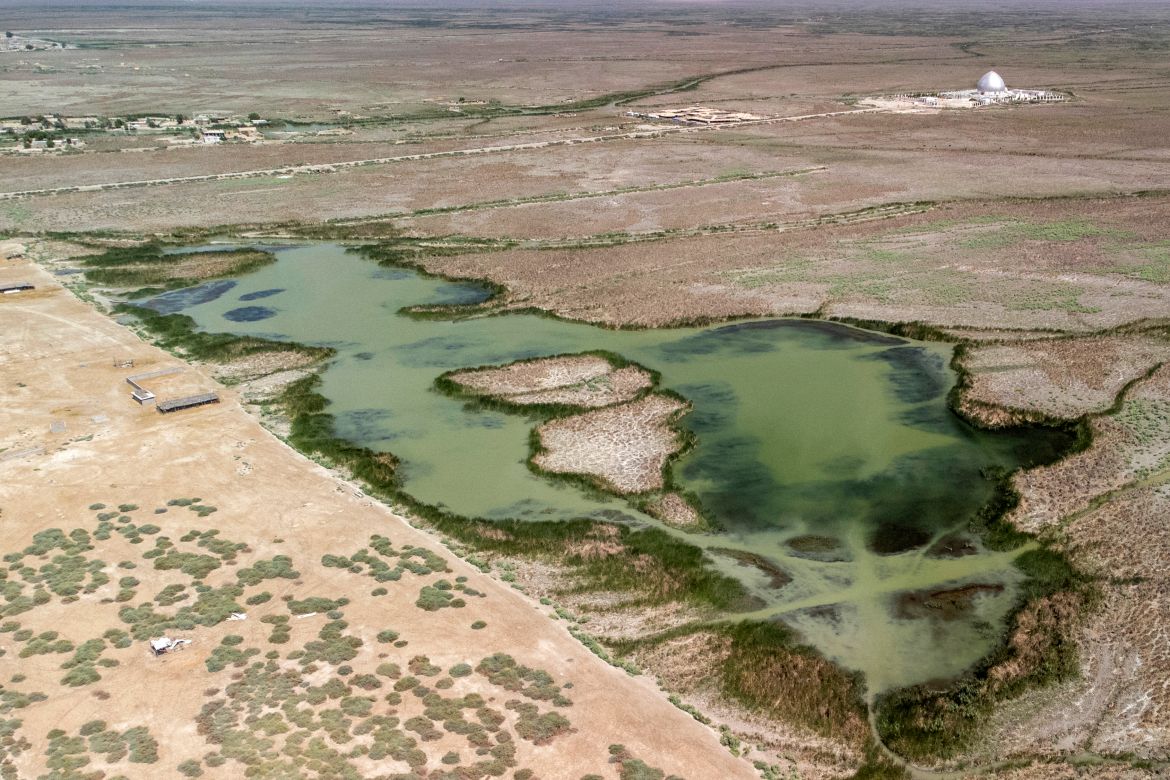
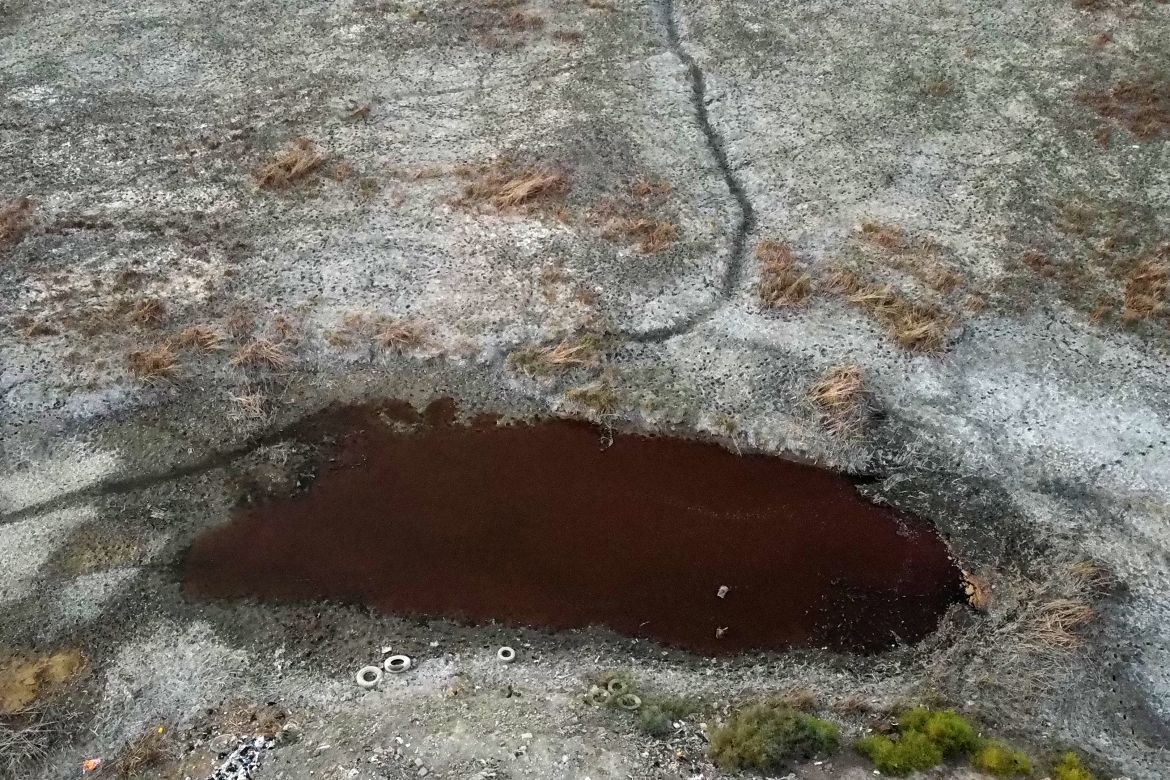
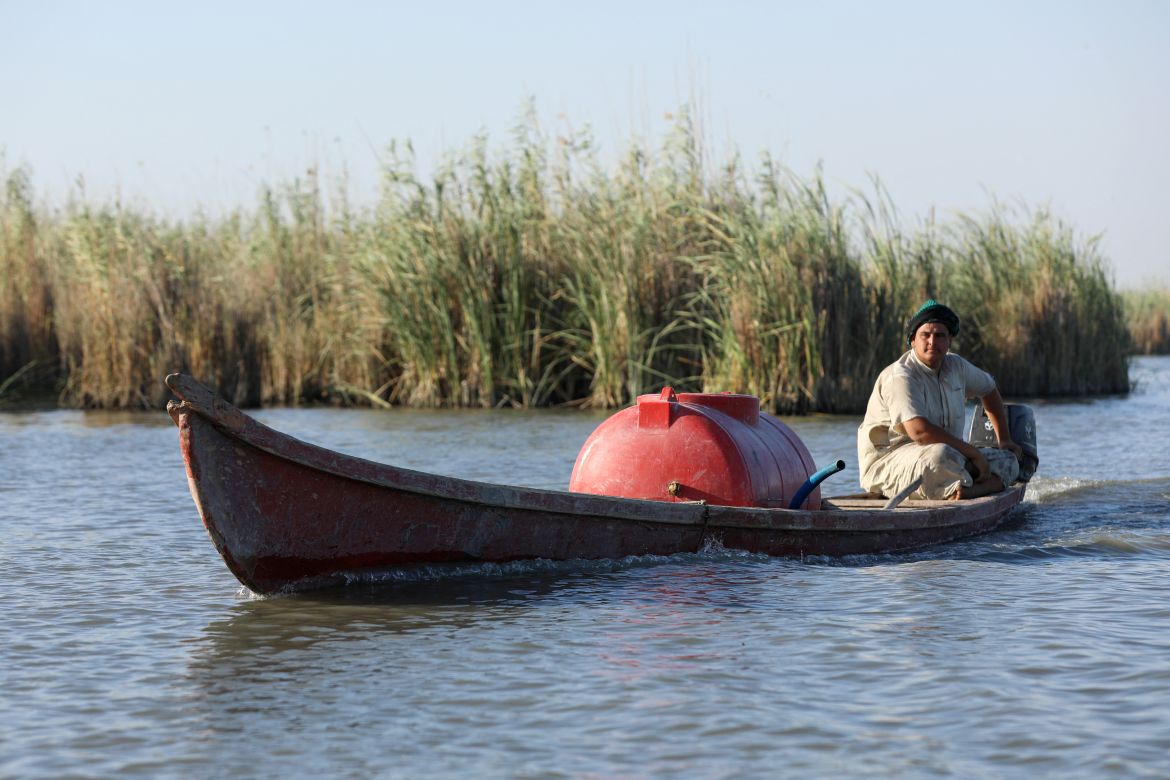
To draw water for his remaining buffaloes, Mohammed Hamid Nour takes his canoe out into deeper water, where salt levels are lower. [Asaad Niazi/AFP]
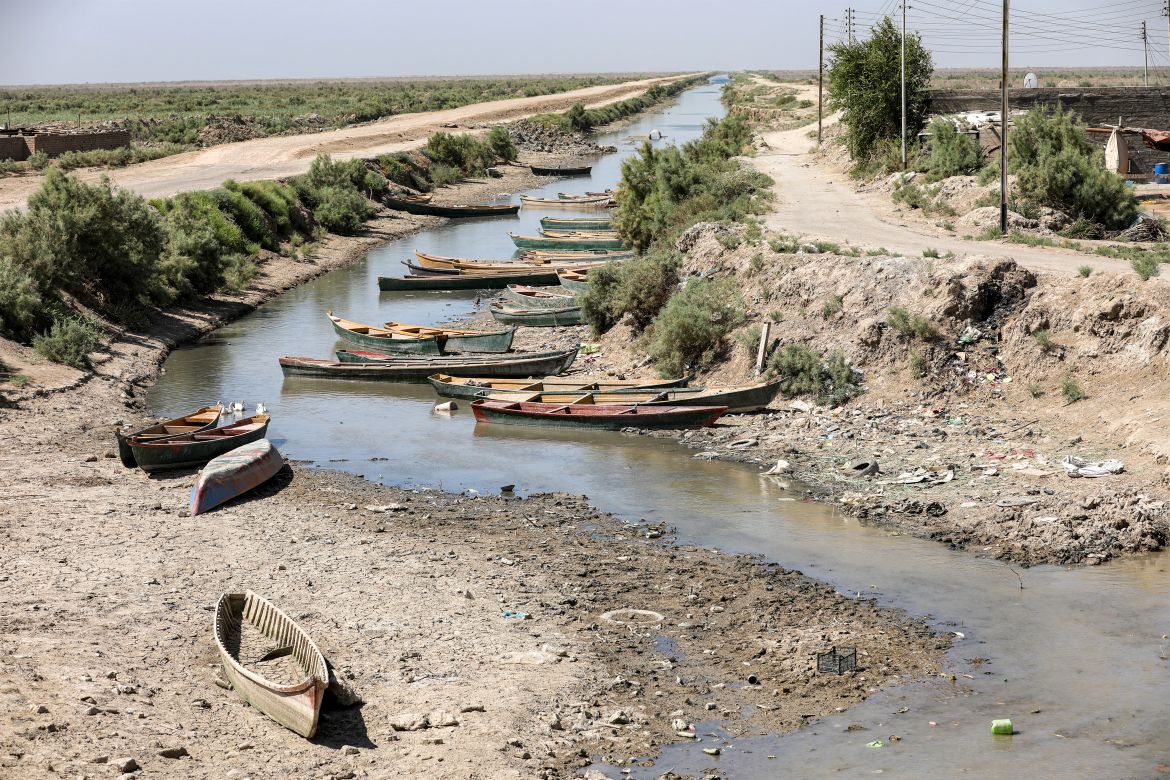
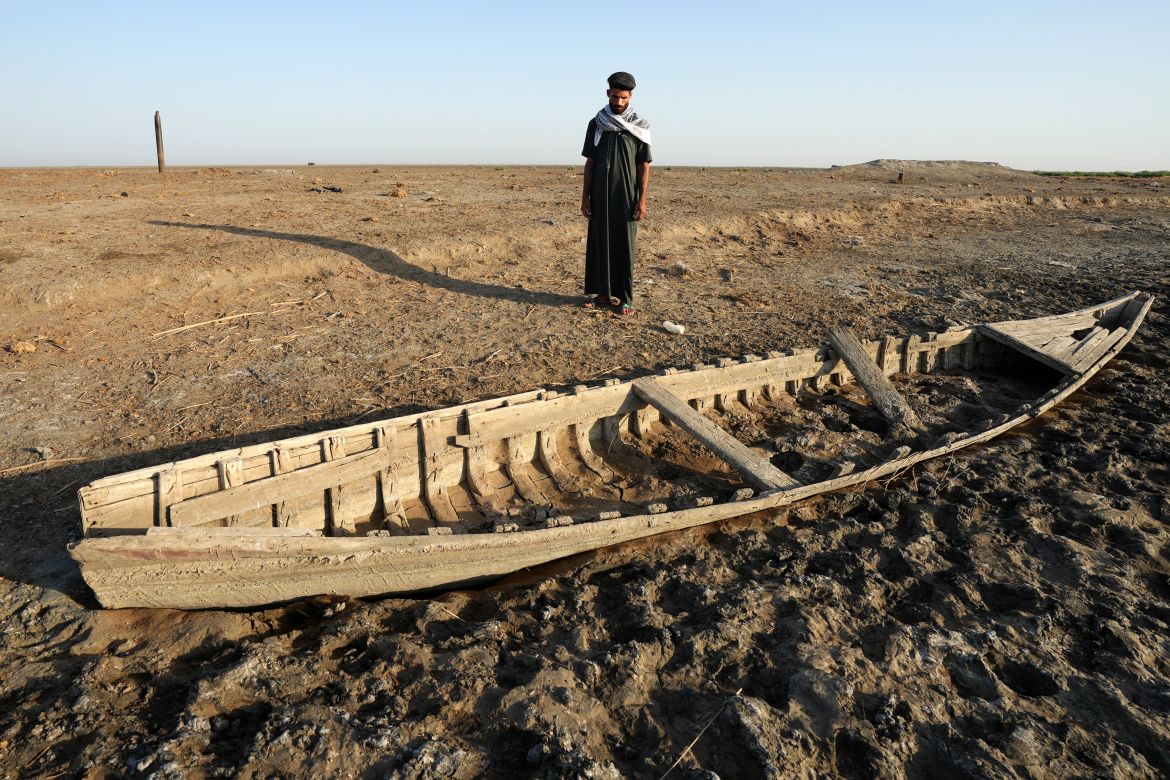
Meanwhile, in the central marshes, there is so little water even canoes get stuck. Where there was water ‘two months ago’ is now a desert, said herder Youssef Mutlaq. [Asaad Niazi/AFP]
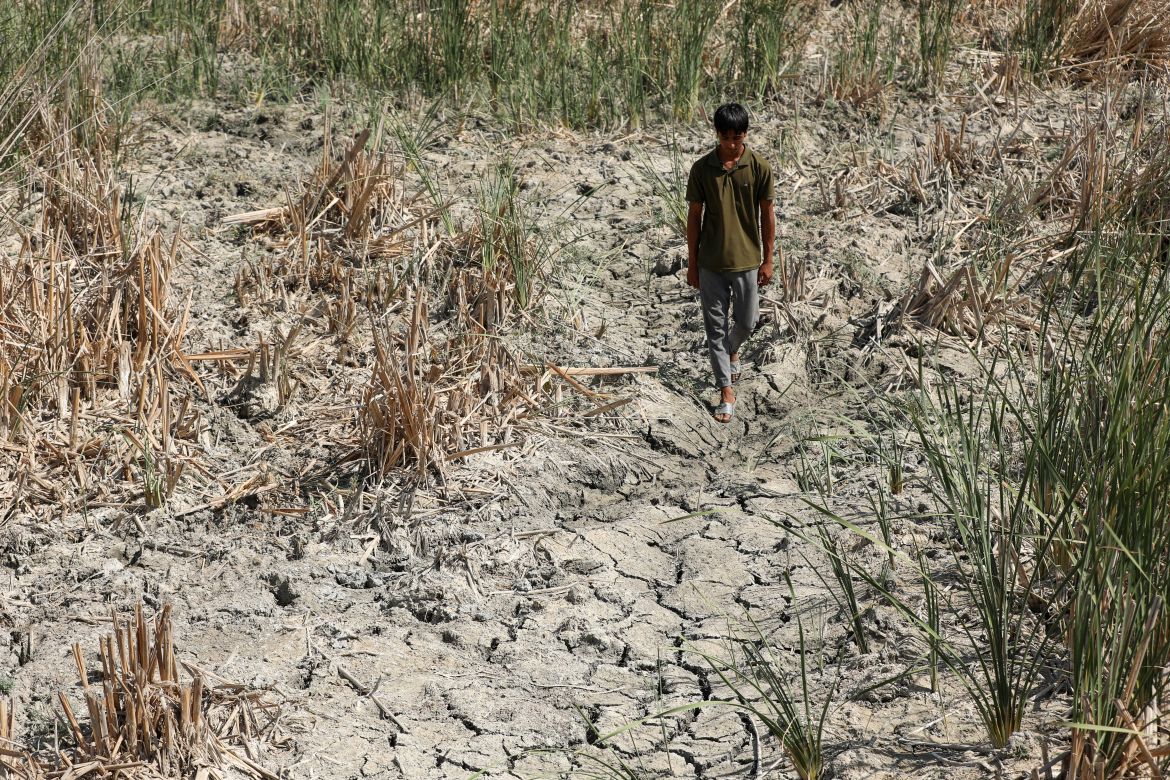
Not long ago, a dozen or so mudhifs – traditional reed houses – were still occupied. ‘There were lots of buffaloes, but when the water started to disappear, people left,’ said the 20-year-old as his animals ate from their feedbags, which he has to use with less and less grass to be found. [Asaad Niazi/AFP]
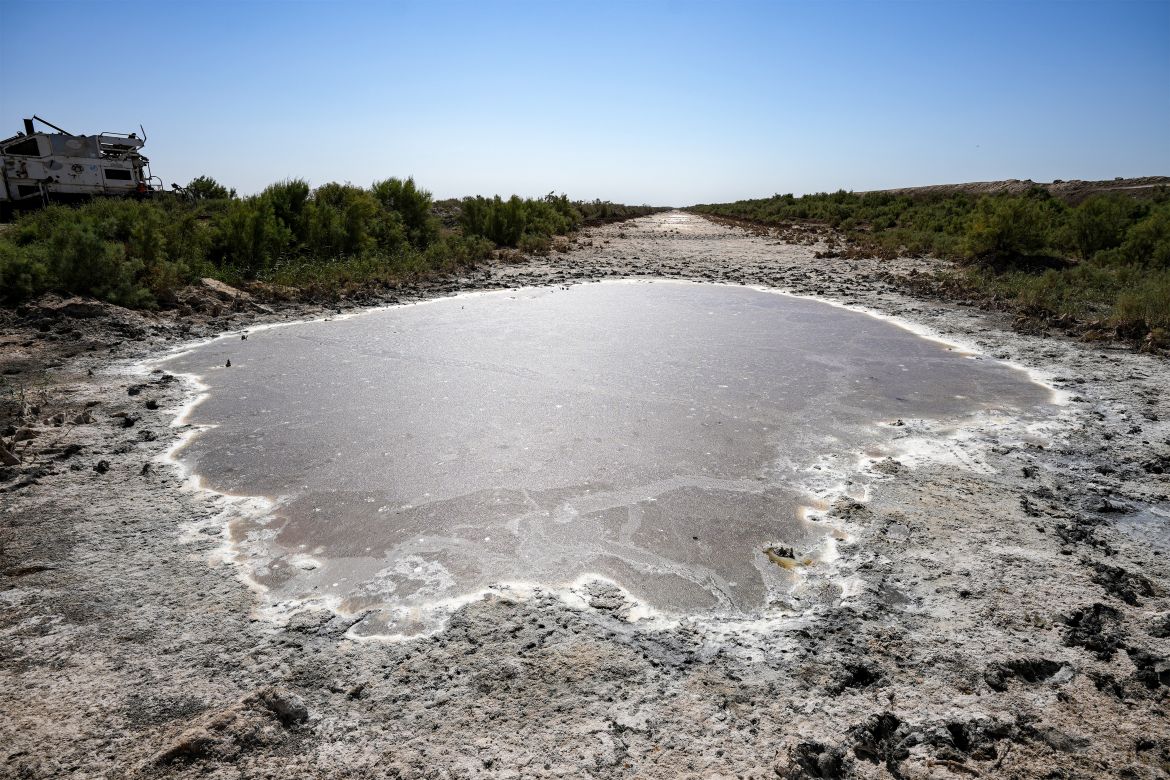

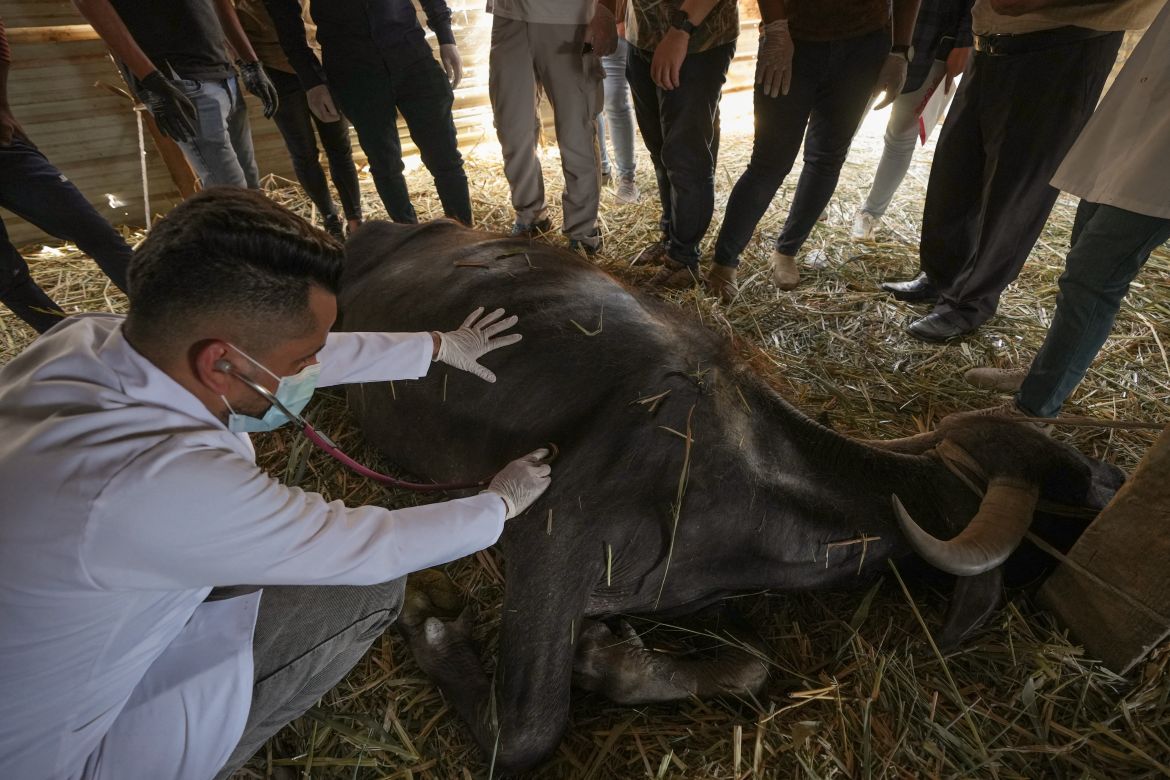
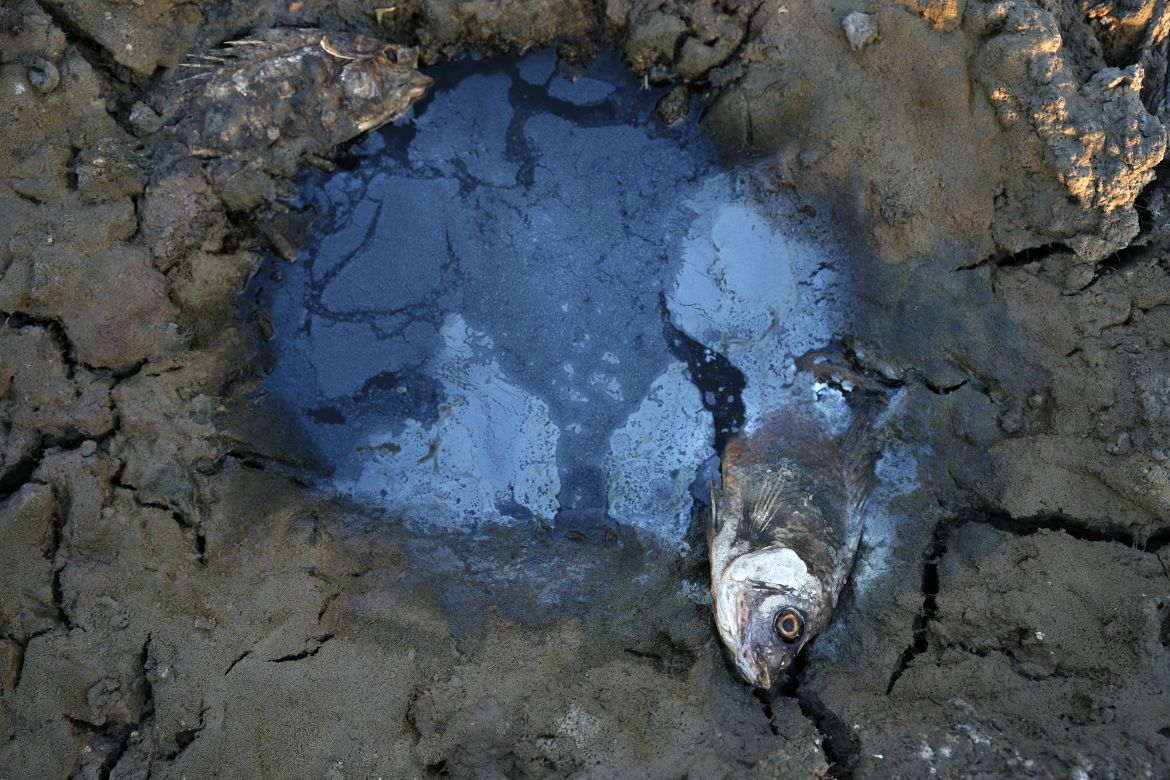
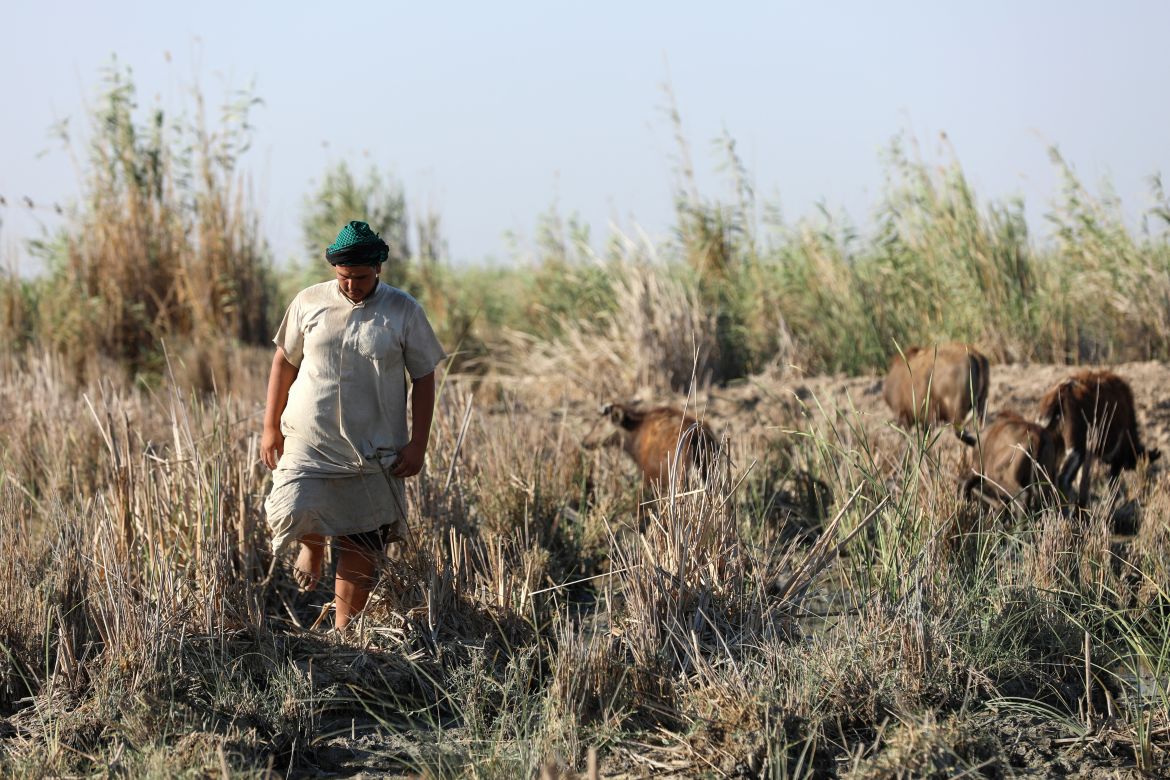
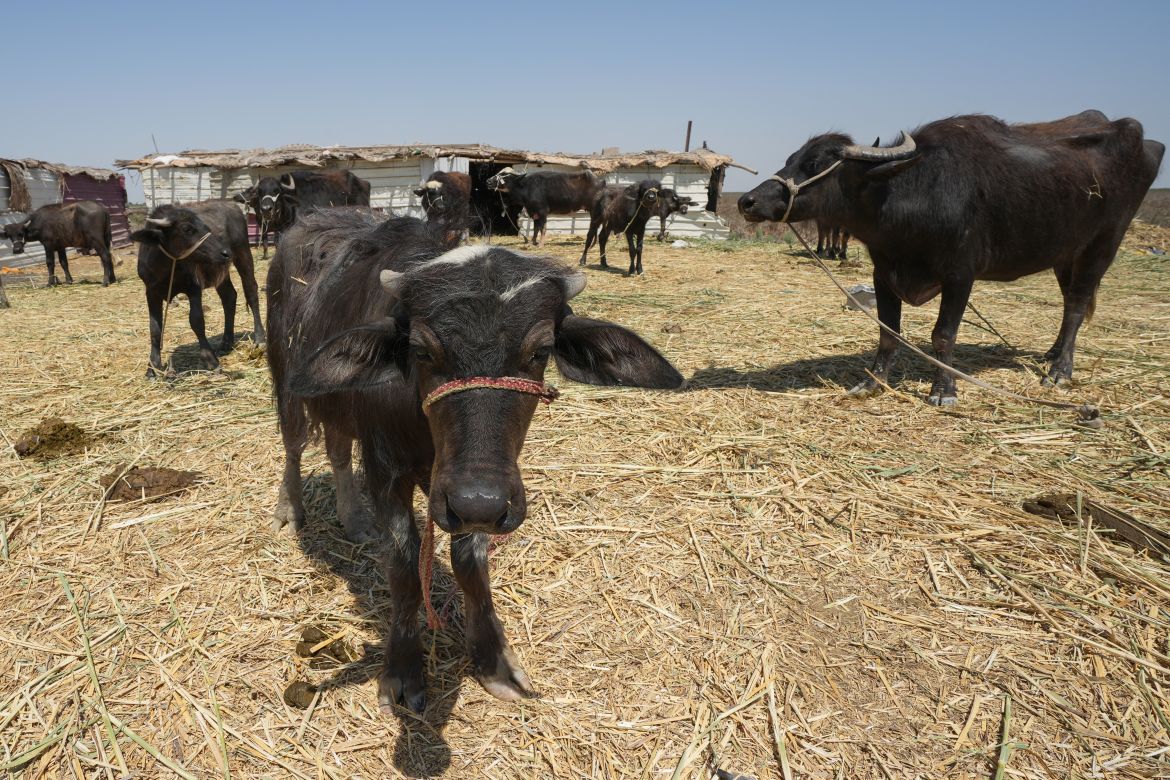
https://www.aljazeera.com/gallery/2023/12/11/photos-iraqs-marshes-are-dying-and-so-is-a-civilization
